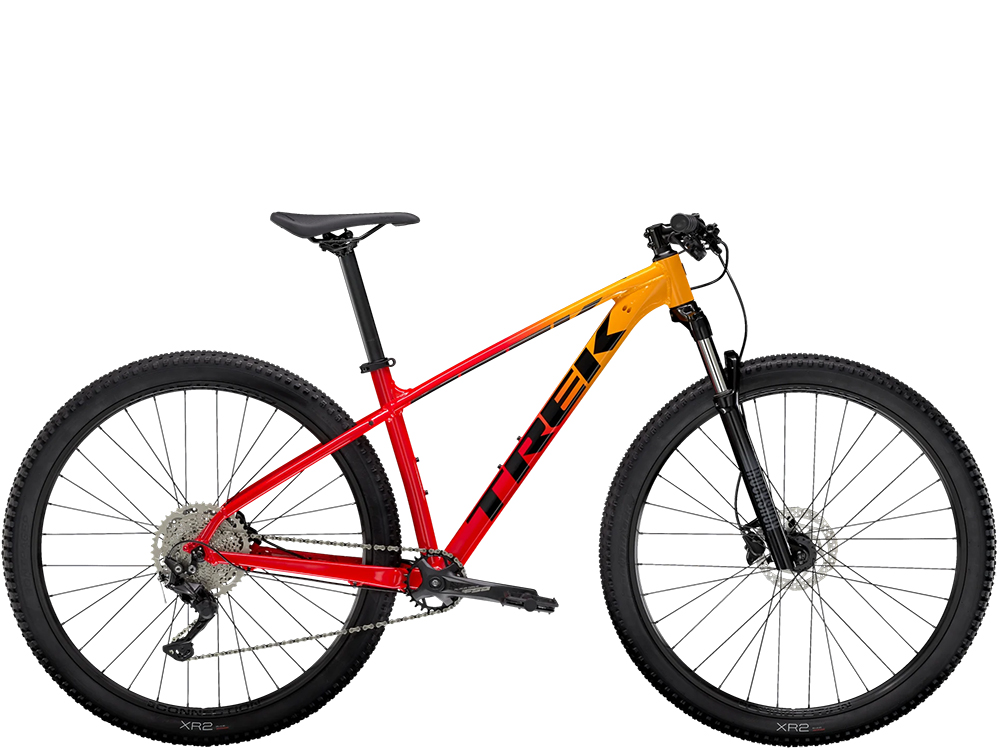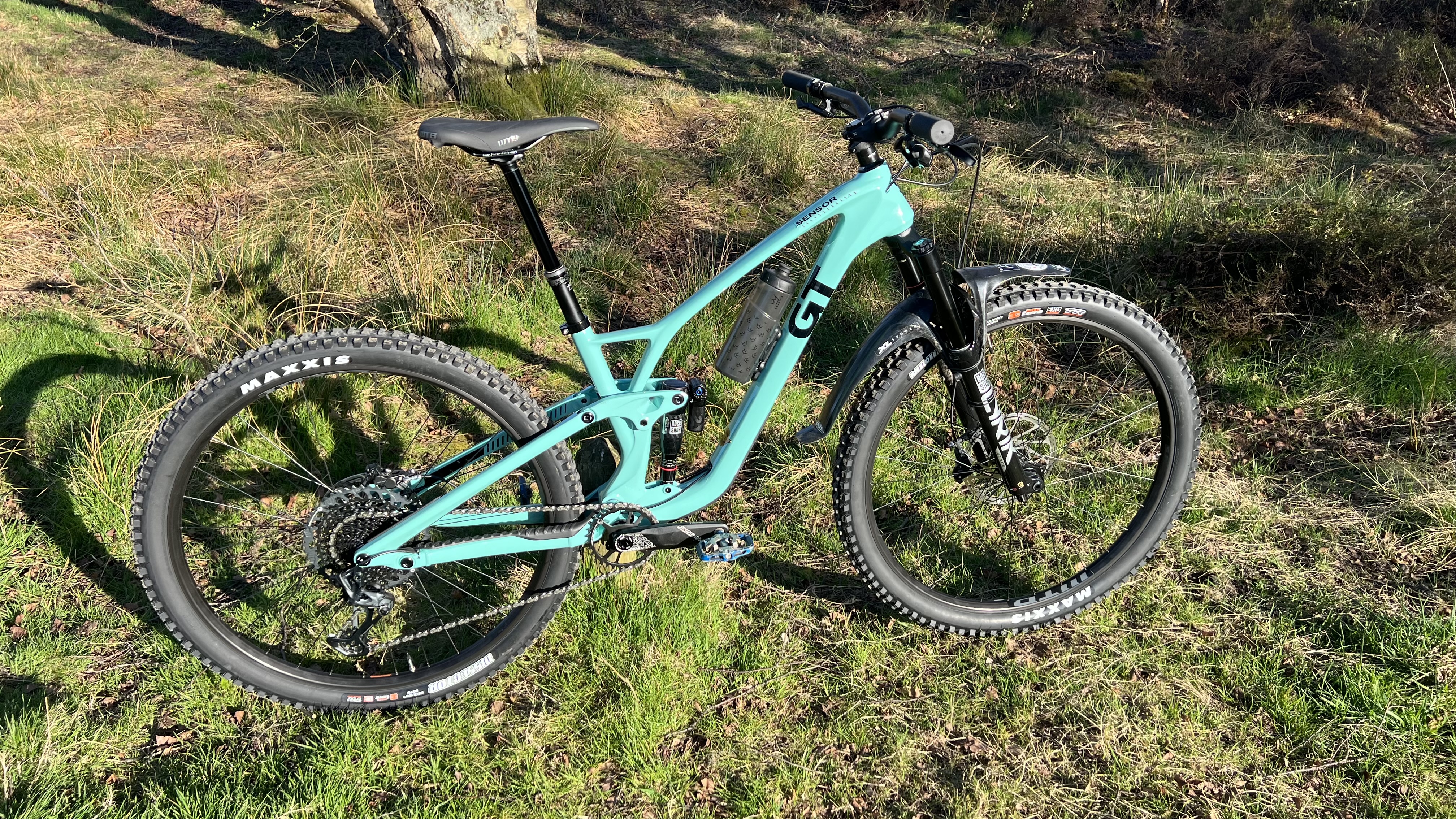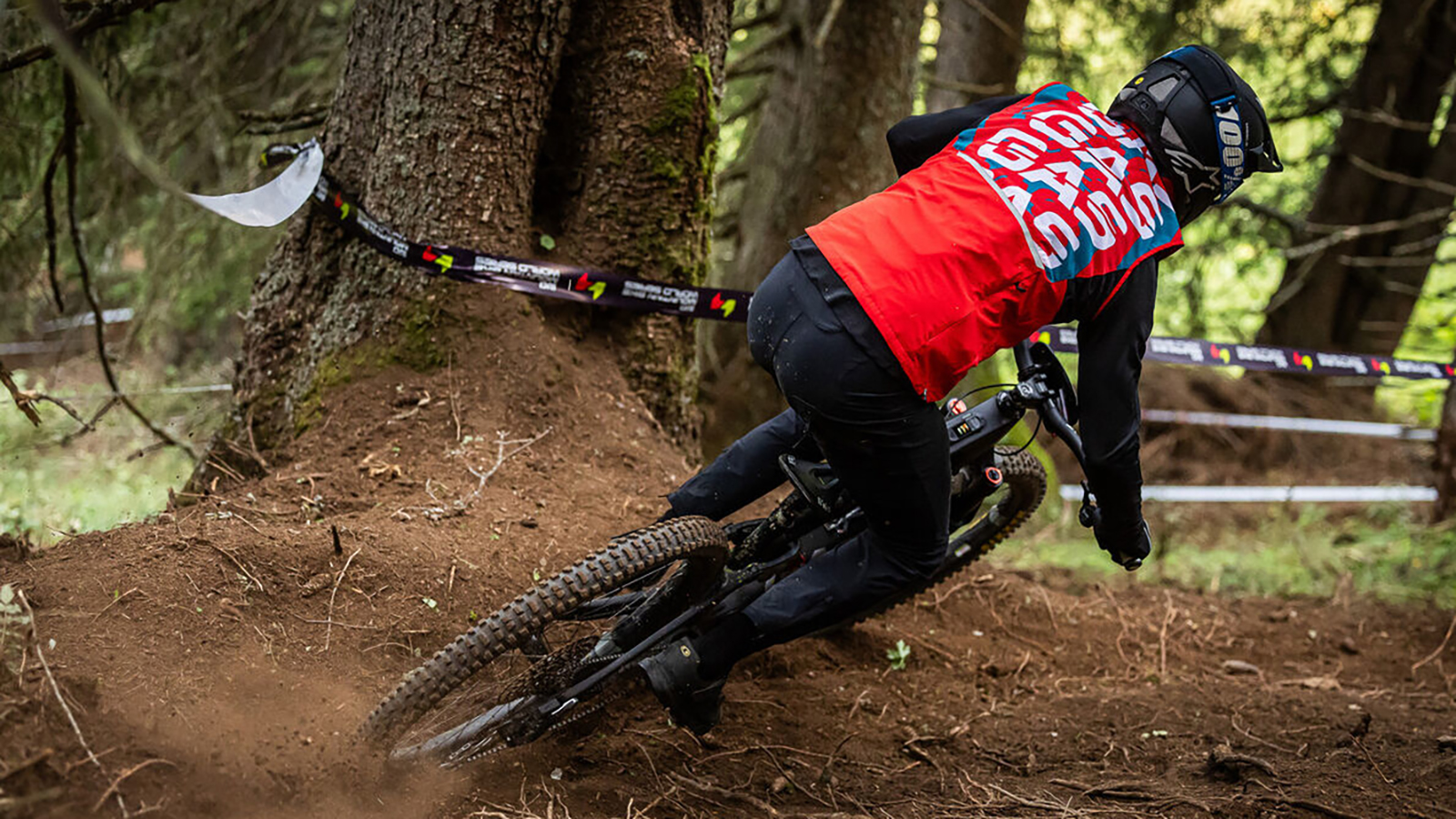
The Taipei show is the biggest trade bike show in the world. You can go there as a punter but its primary purpose is for far eastern vendors to sell their stuff to the biggest bike brands. Unsurprisingly, given that anyone who is anyone is probably there, it’s also the biggest place for bike industry gossip.
'Right sizing'
Right now, what everyone is talking about is Trek reporting that they’ll be reducing their bike range by 40 percent and the size of their overall business by 10 percent going forward. Yes, that Trek! The solid, dependable, privately owned Wisconsin-based brand has been rock solid since it started selling touring bikes in the 1970s. The Trek who most industry people were saying pulled a blinder by allegedly using their scale and cash reserves to guarantee the supply of parts when production and delivery choked during Covid. That meant Trek was the first to get big shipments of bikes after everyone had sold out and the sheer amount of Marlin hardtails they dropped into dealers has achieved mythical status.
Unfortunately, while they sold a huge amount of bikes to people wearing face masks, there are still a lot of Marlins in shops – and there are probably more in warehouses all over the world. So Trek is doing the smart thing and making fewer bikes going forward. Because otherwise that backlog of Marlins is never going to get sold and Trek will hemorrhage even more money storing them or selling them for less than a profit. And while their use of the phrase ‘Right sizing’ is definitely corporate ‘posi–speak’, the decision to downsize even based on pre-Covid levels is almost certainly correct.
The news that old dependable Trek is making big changes to stop future oversupply is a big deal, but they are far from being alone in this. From the sound of the rumor drums there are other very big companies, as well as many mid-sized and mini brands that are totally constipated with stock. And in many cases that’s not just because they ordered too much, but because they have a whole ton of very closely spaced products. Orange's multitude of visually near-identical, single pivot hand-made monocoque bikes made it hard for customers to pick an obvious winner and nearly put them out of business. I can’t help wondering if the reason Santa Cruz are running very big discounts on some bikes right now is because there are so many to choose from the confusion is enough to put people off.
In contrast, Yeti has a pretty clear and clean product lineup and is still currently selling bikes full price. Other brands like Whyte and Norco have also massively reduced their product portfolio to help them leapfrog ahead of brands buried in out-of-date stock. In the case of Whyte, it has even sidelined projects they’ve been working on for years to put nearly all their eggs in the E-Lyte basket. After speaking to Jason Schiers and Clive Gosling from GT at Core bike show, it’s clear they’ve done the same. Canceling whole bike lines just before launch so they can concentrate on a few really strong new offerings.

Brands on the run
While figures like a 40 percent reduction in bike range sound dramatic, it doesn’t have to mean a loss of family favorites. Trek in particular produces a huge size range of bikes and generally makes each model in multiple colors. So it could be that every bike stays, but only in the best-selling color or with fewer options spanning the sizing spread. Not great if you're an odd size or like a choice of aesthetic, but not a disaster.
But for brands that have already slimmed downsizing and hacked the options back to a minimum, things will be a lot harder in the months and years ahead. There’s less room to maneuver too as geometry is now basically all the same and while internal storage is a nice feature, I’ve never heard anyone chopping in their perfectly good old bike just to get a snack hatch on the new one. Unless you’ve got a genuinely different suspension technology that people actually want (buyers are traditionally very averse to new tech until it’s multi-proven), then realistically how many almost identical 4-bar or twin-link carbon bikes with a 64 to 66-degree head tube do we need to choose from?
And while brand loyalty or re-polishing faded memories of past glory days will work with us old gits who’ve been hanging around the sport for decades, we aren’t the people brands need to attract to stay alive.

Power rangers
The people brands need to attract are the new mountain bikers, who may have dusted off an old bike during Covid or who just found MTB from fresh and are now encouraging their mates to join them. These riders are a very different breed with different brand and buying values. While old schoolers are used to glitches and bodges being part of biking and were prepared to put up with random customer service and extensive research to find the right next bike, the new breed isn’t. They don’t want a confusing sea, as far as they can tell, of identical bikes. They want stuff that works rather than needing to be nursed and they want it presented, sold and serviced professionally. And we might kid ourselves that this is the case in the bike industry, we all know that for every slick showroom and logo polo shirt, there’s a bargain bin in the corner and an ordering process that’s still based on paper stuck on spikes. But the whole chat about retail is for another time.
The big thing that these new buyers mean is a total change in brand recognition and that’s also tied very heavily into the rise of the e-bike.

E-bikes are not the miracle cure
What I mean is that while some of these new buyers might recognize the big brands like Specialized, Santa Cruz, Canyon, Shimano, or Trek, they’ll definitely spot Bosch as a brand name to go towards because their power tools, domestic appliances, auto parts, etc. are recognized as costing a bit more but return great reliability. Some outsiders might know Giant bikes, but the smartest move of the world’s largest bicycle manufacturer is to team up with Yamaha for their motors. With a lot of e-MTBers coming from an off-road motorbike background, brands like GasGas and Husqvarna are going to stand out a lot more than Haibike or Cube. Even if you get a better spec for a lower price by going for the latter. I can’t help feeling that brands like Bosch and Yamaha are going to get sick of having to deal with hundreds of relatively tiny bike company intermediaries to access the cycling market and will just make their own bikes.
There are other big players poised too. As soon as Porsche is confident that their investment in Fazua motors is a sound one, why wouldn’t they go direct through their existing dealers with all the upsell and aspirations they bring? Honda is already starting to show concept bikes again too and it’s clear that this personal mobility part of the market is becoming increasingly interesting to the auto industry. Hell, why wouldn’t Apple go for a quick positive spin on their entry to personal urban mobility by following up their failed ‘self-driving car’ project with an ‘Apple Bike’? They recently added a ton of cycling-friendly features to their Apple Watch and regardless of its actual performance, you can guarantee it would sync with all your other devices instantly and look brilliant. Not something you can say about every e-bike from current manufacturers.
But then maybe that’s a good thing. Talking to managers at bike brands, they’re certainly beginning to realize that as the e-bike market matures, it’s not the fairy tale, fortune-creating cash cow it looked like at the start. Whatever the brand or design, e-bikes have a far higher return/warranty rate, up to 100 percent in some instances. Nobody ever had their house or warehousing destroyed and insurance companies get startled by a conventional bike catching fire either.
They also require far more parts to order, stock, integrate, and wait for delivery on. That's after going through a whole extra level of explosive category shipping headaches and costs and being hamstrung if they don’t turn up. While it’s a pain if SRAM changes its transmission and makes your existing stock look dated overnight, if a motor brand makes your entire inventory electrically extinct that’s a huge issue. Because while the higher ticket price of an e-bike is a win at the till, when those units aren’t shifting then they’re sucking up a whole lot more cash. Which is of course the whole issue we started with in the first place.

Know your business
Finally, what the pandemic and subsequent sh*t show have clearly demonstrated is that bike and component brands know as much about their customers, demand and sales trends as a triathlete knows about suspension setup. In fact, the spike, rebound and sag in sales we’ve seen recently is almost certainly worse than the back-end performance of a bike set up by someone in Speedos.
While the amount of talk around inclusivity, diversity and lowering entry barriers is definitely increasing and that’s a brilliant thing, I can’t help feeling it’s not really gaining traction yet either. That losing a hundred grams, changing head angle by a degree, or increasing tire space still gets more high fives in boardrooms and marketing agencies than something that will engage with hundreds of thousands of new riders, change their headspace, or genuinely open up cycling to whole new communities and demographics.
And these topics of advocacy, retail, racing, riding and media are all things I’m going to dig deeper into in this series. So for now, go enjoy the fact that there are way more bikes and brands than we need, and often being sold at bargain prices. Because one thing I’m sure of is that the situation isn’t going to last forever and if you end up buying bikes from the same place as your washing machine, then don’t say I didn’t warn you.







